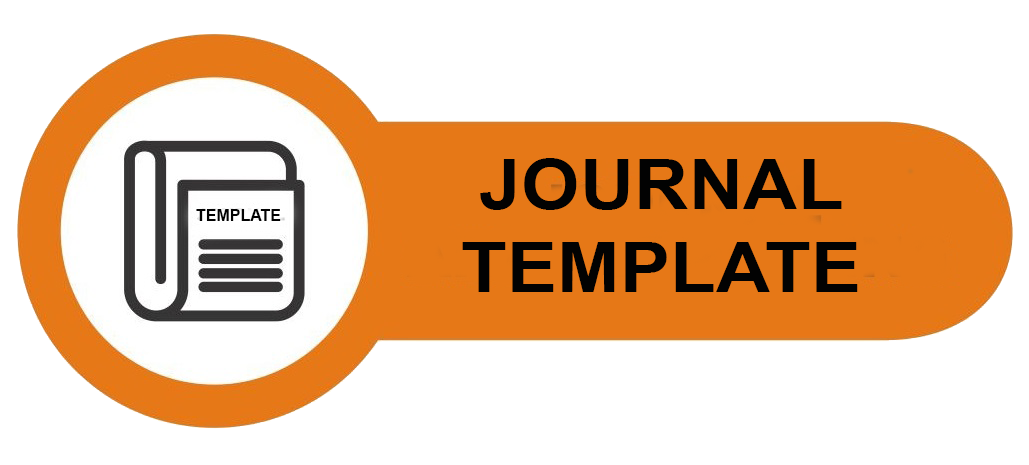PEMBUATAN SABUN PADAT EKSTRAK DAUN SUNGKAI (Peronema canescens Jack) SEBAGAI ANTIBAKTERI TERHADAP Staphylococcus aureus
 Abstract views: 981
,
Abstract views: 981
,
 pdf downloads: 1606
pdf downloads: 1606
Abstract
Soap is a mixture of sodium compounds with fatty acids that are used as body cleaning agents, in solid form, foam, or without additives. Solid soaps on the market have the color, shape, aroma and additives needed by the skin as well as active ingredients that are able to reduce pathogenic microorganisms on the skin. Antibacterial active ingredients against Staphylococcus aureus can be obtained from sungkai leaf extract (Peronema canescens Jack) because it contains chemical compounds such as alkaloids, steroids, terpenoids, flavonoids, tannins and saponins. This study aims to determine the physical properties of solid soap of sungkai leaf extract in accordance with the quality standards of SNI 3532: 2016 and determine the antibacterial activity of solid soap of sungkai leaf extract against Staphylococcus aureus. Sungkai leaf extract is added with volume variations, namely 0 mL, 5 mL 10 mL, 15 mL, and 20 mL. The resulting solid soap is physically tested and antibacterial tests against Staphylococcus aureus. The results showed that solid soap of sungkai leaf extract has physical properties in accordance with the quality standards of SNI 3532-2016 and can inhibit the growth of Staphylococcus aureus bacteria. The best results were obtained at the addition of 10 mL of sungkai leaf extract. The soap has a dense texture, the aroma of sungkai leaf extract is not too pungent, pH 9.8, foam stability is 87.80%, moisture content is 3.54% and the diameter of the inhibitory zone against Staphylococcus aureus bacteria is 10 mm
Copyright (c) 2023 JURNAL TEKNIK KIMIA VOKASIONAL (JIMSI)

This work is licensed under a Creative Commons Attribution-NonCommercial-ShareAlike 4.0 International License.
Copyright Transfer Statement
The copyright of this article is transferred to JIMSI and when the article is accepted for publication. the authors transfer all and all rights into and to paper including but not limited to all copyrights in the Psikostudia. The author represents and warrants that the original is the original and that he/she is the author of this paper unless the material is clearly identified as the original source, with notification of the permission of the copyright owner if necessary. The author states that he has the authority and authority to make and carry out this task.
The author states that:
- This paper has not been published in the same form elsewhere.
- This will not be submitted elsewhere for publication prior to acceptance/rejection by this Journal.
A Copyright permission is obtained for material published elsewhere and who require permission for this reproduction. Furthermore, I / We hereby transfer the unlimited publication rights of the above paper to Jurnal Teknik Kimia Vokasional. Copyright transfer includes exclusive rights to reproduce and distribute articles, including reprints, translations, photographic reproductions, microforms, electronic forms (offline, online), or other similar reproductions.
The author's mark is appropriate for and accepts responsibility for releasing this material on behalf of any and all coauthor. This Agreement shall be signed by at least one author who has obtained the consent of the co-author (s) if applicable. After the submission of this agreement is signed by the author concerned, the amendment of the author or in the order of the author listed shall not be accepted.
Rights / Terms and Conditions Saved
- The author keeps all proprietary rights in every process, procedure, or article creation described in Work.
- The author may reproduce or permit others to reproduce the work or derivative works for the author's personal use or for the use of the company, provided that the source and the Informatika Mulawarman copyright notice are indicated, the copy is not used in any way implying the Jurnal Psikostudia approval of the product or service from any company, and the copy itself is not offered for sale.
- Although authors are permitted to reuse all or part of the Works in other works, this does not include granting third-party requests to reprint, republish, or other types of reuse.
Jurnal Teknik Kimia Vokasional by http://e-journal.polnes.ac.id/index.php/jimsi licensed under a Creative Commons Attribution-ShareAlike 4.0 International License.








